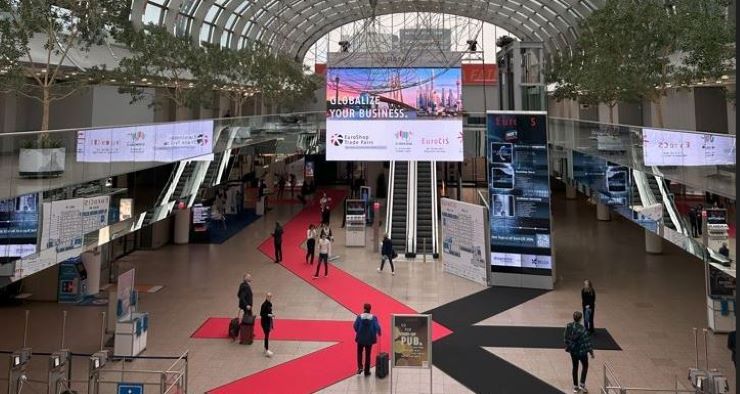The long wait – the last stand-alone EuroCis took place in 2022 – has finally come to an end: EuroCis has opened its doors to visitors from the industry. Around 10,000 visitors are expected in Düsseldorf from 27.2.2024 to 29.2.2024 on the more than 14,400 square meters of net exhibition space (in 2022 it was still 10,500 square meters). The 440 exhibitors at EuroCis are coming from 40 countries. The hot topics this year: Customer Centricity, AI & Machine Learning, Payment, Connected Retail, Seamless Store and Smart Energy Management. These topics will be explored in greater depth through presentations by experts on the three stages, the Retail Technology Stage, the Connected Retail Stage and the Start-up Hub Stage. Around 45% of visitors from around 90 countries come from top management – most of them from the Netherlands, Austria and Italy.
Topics 2024
Customer centricity
Many retail companies are seeking ever closer direct contact with end consumers in order to offer them personalized and individualized digital customer services. The customer’s smartphone plays a major role in this context. Keywords include the digital advice assistant, personalized online offers based on the individual customer profile, the display of individualized digital coupons, digital customer cards, etc. The decisive factor for many retailers is that digital services offer customers added value.
AI & machine learning
The use of artificial intelligence and machine learning is one of the most important technological challenges for many retail companies in the coming years. AI is already playing a major role, particularly in the area of data analysis, and supports retailers with sales forecasts, product range management and pricing.
Connected retail
The fusion of online and offline retail, often referred to as omnichannel or connected retail, is booming. Click & Collect services have become the norm for many consumers, and other services such as Click & Reserve are also becoming increasingly popular.
Seamless store
There are various forms, from Scan & Go and Tap & Go to the use of sensor technology and image recognition. Implementing a seamless store strategy often requires extensive investment in the technological infrastructure. Cloud-based applications are also of great importance here, as they enable the flexible and quickly scalable implementation of innovative applications.
Smart Energy Management
Smart energy management is becoming increasingly important for retailers, especially in view of rising energy costs. Whether lighting, cooling, ventilation, heating or building management in retail – all of these functions contribute to high energy consumption, which needs to be minimized. However, this requires an elaborate strategy and appropriate tools with which to monitor energy consumption. Only then can suitable measures be implemented to reduce energy consumption and operating costs.
Payment solutions are a big topic this year. Due to the change in payment behavior since the pandemic, contactless payment methods are becoming increasingly important. The touchpoints at which customers pay will increasingly move away from the traditional checkout environment and towards mobile checkout solutions. Paying with a smartphone is also an issue.
Some highlights of day 1:
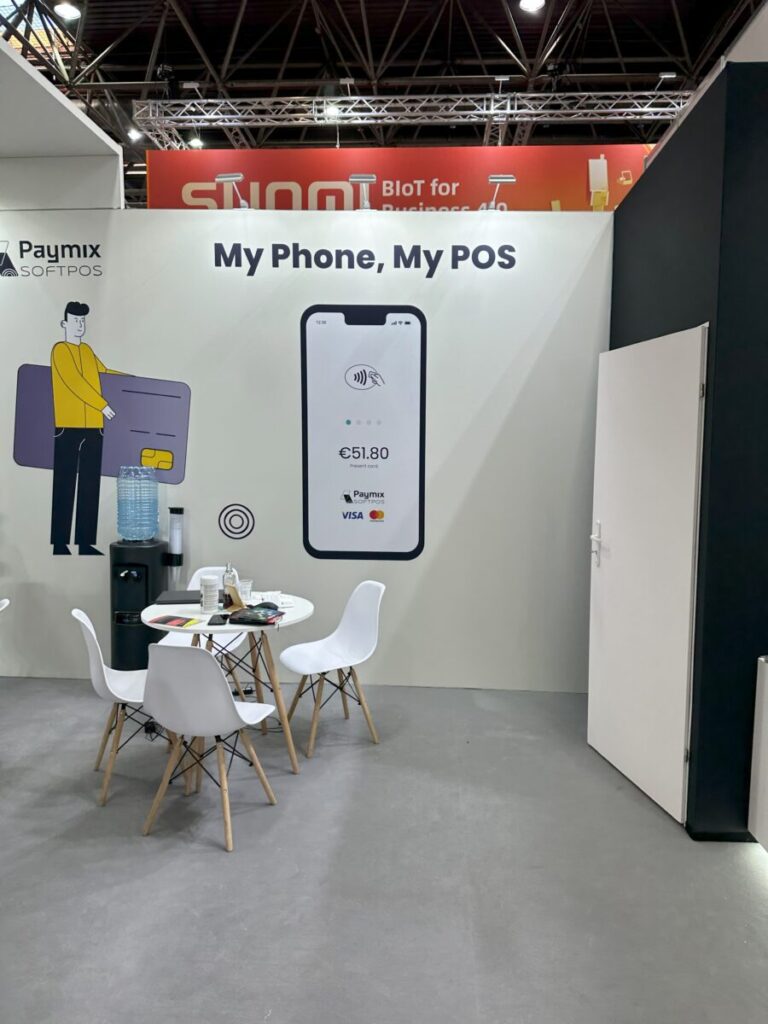
Paymix Softpos turns your smartphone into a secure and contactless card reader. Currently only available on Android – ios will follow in the course of the year.
Payfree: Place the shopping bag in the device, products are automatically recognized and can simply be paid for with a card. The invoice can be scanned using a QR code.
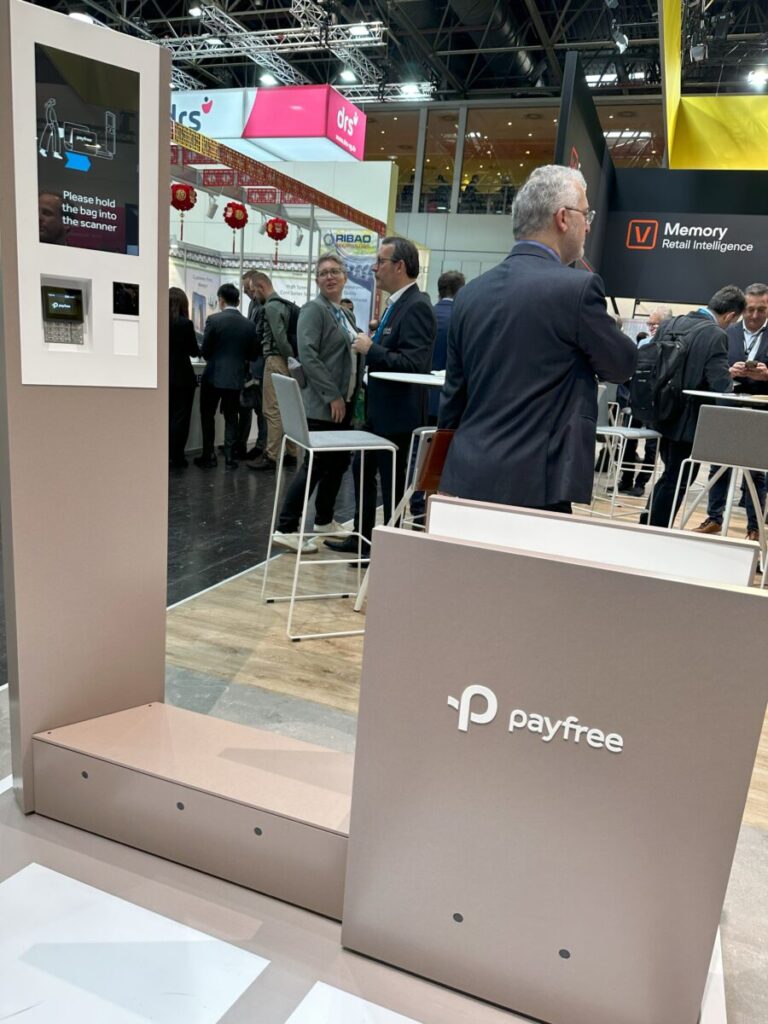
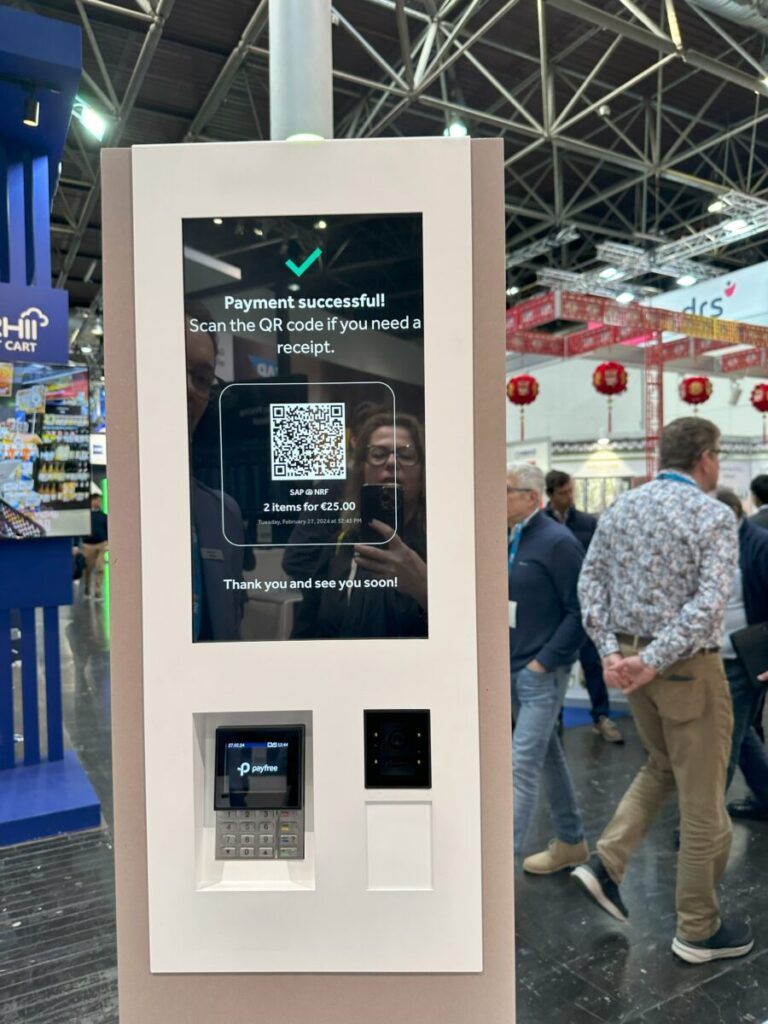
Digital receipts: The digital receipt service is available with the existing checkout software system and can be easily activated.The digital receipt is shown as a QR code on a customer display or transmitted directly with an existing account. Cost savings thanks to 90% fewer blank prints. (Anybill)
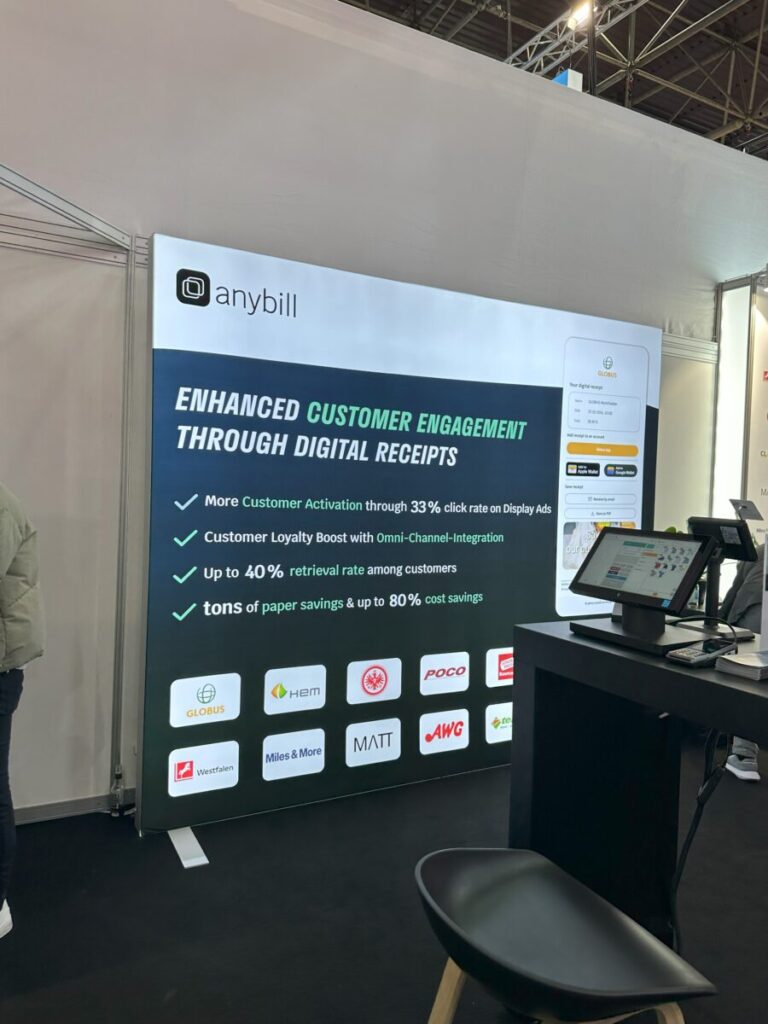
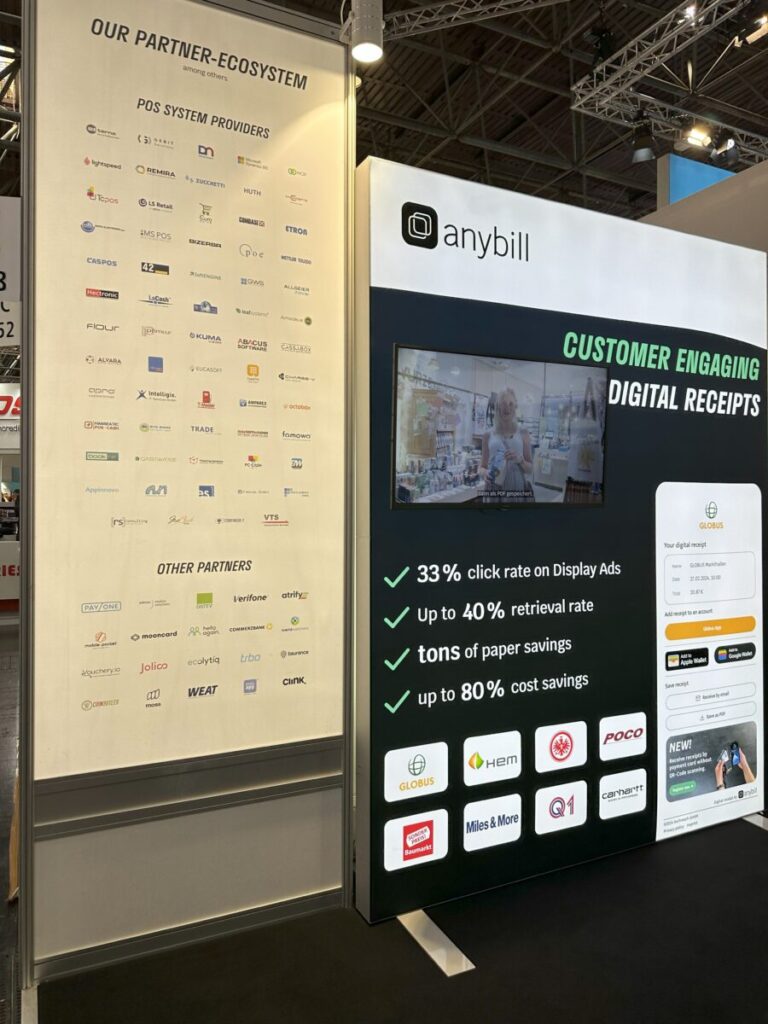
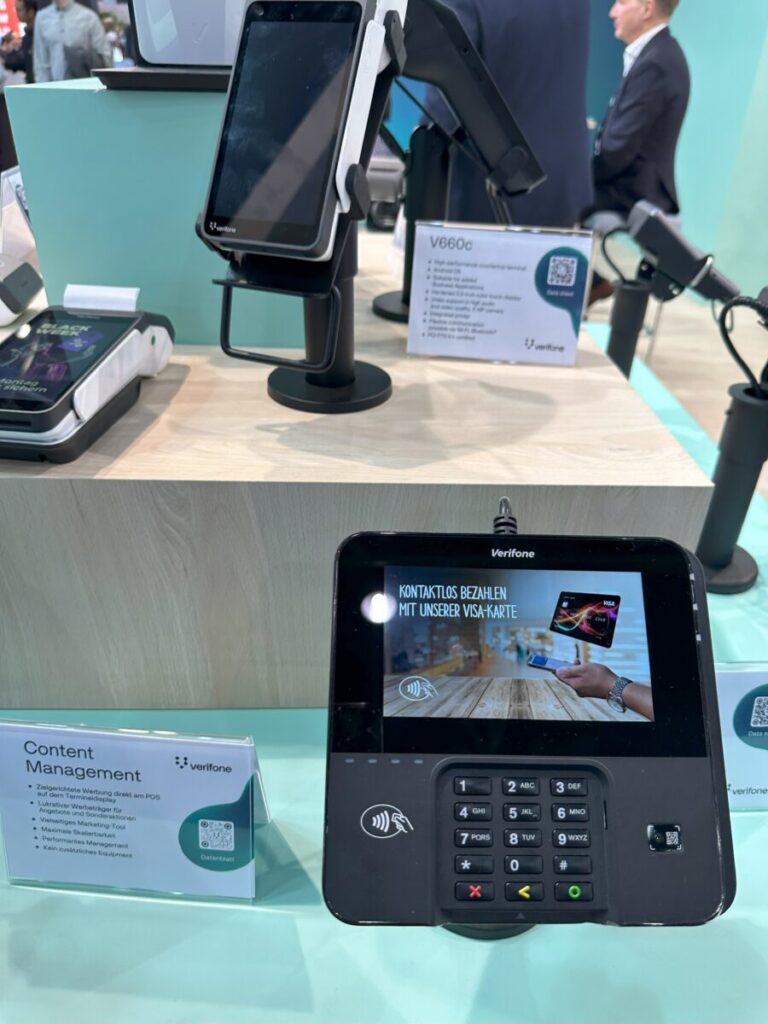
More attention and more interaction thanks to targeted advertising messages at the checkout at the payment terminal. Individual messages generate attention at the payment terminal while the customer waits. (Verifone)
Self-Checkout: At the self-checkouts (SCO) – customers can scan and pay for their products themselves – solutions are offered in different sizes depending on space requirements. This model was awarded the Red Dot Award.(Pan Oston) The photo in the center shows an SCO with different camera positions: Frontal for age recognition (no longer requires employee approval), lateral for fruit and vegetables and above for checking the self-scanning process.Right-hand photo: Combination SCO with salesperson behind the counter, e.g. at petrol stations. ( both: Diebold Nixdorf)
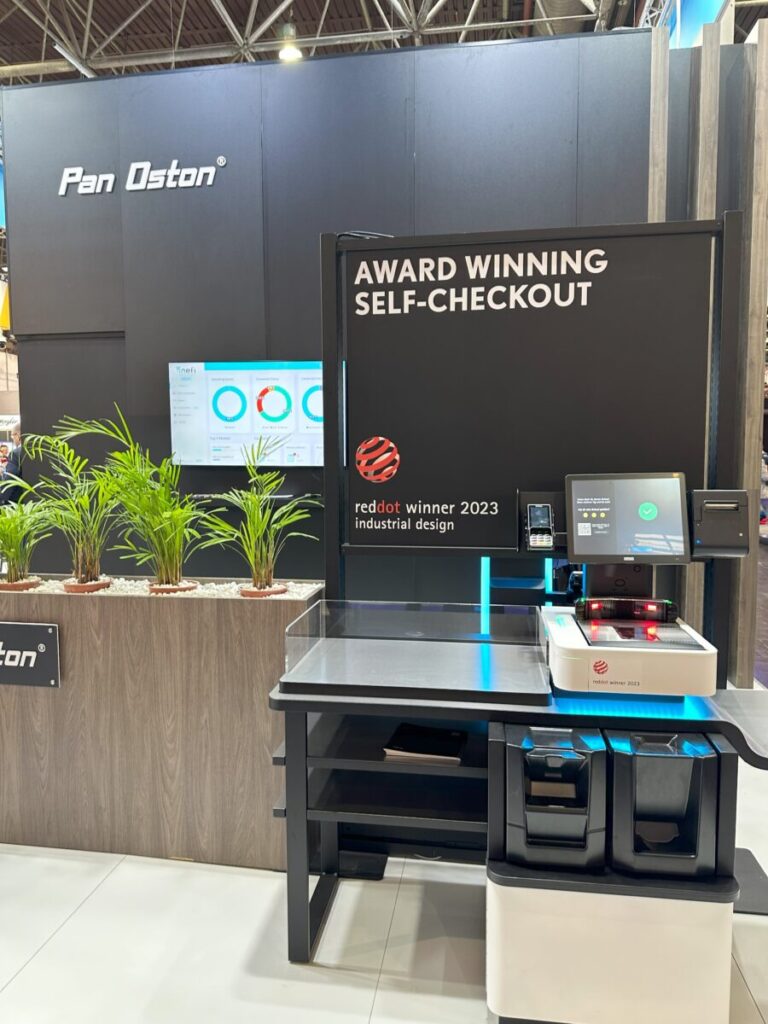
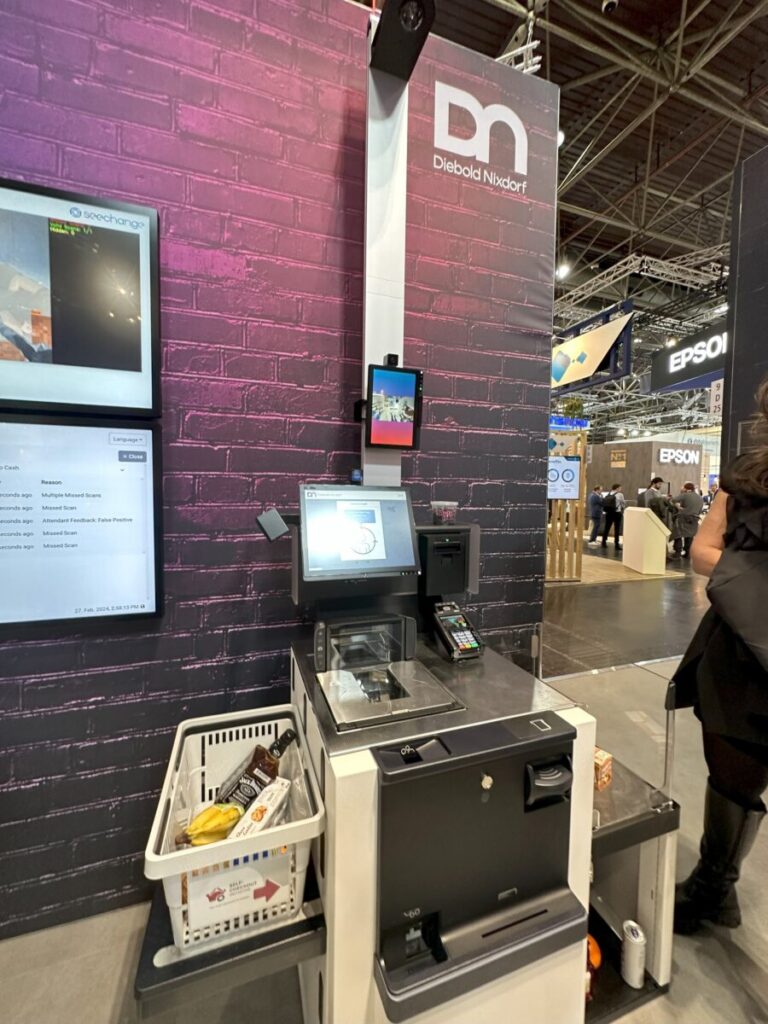
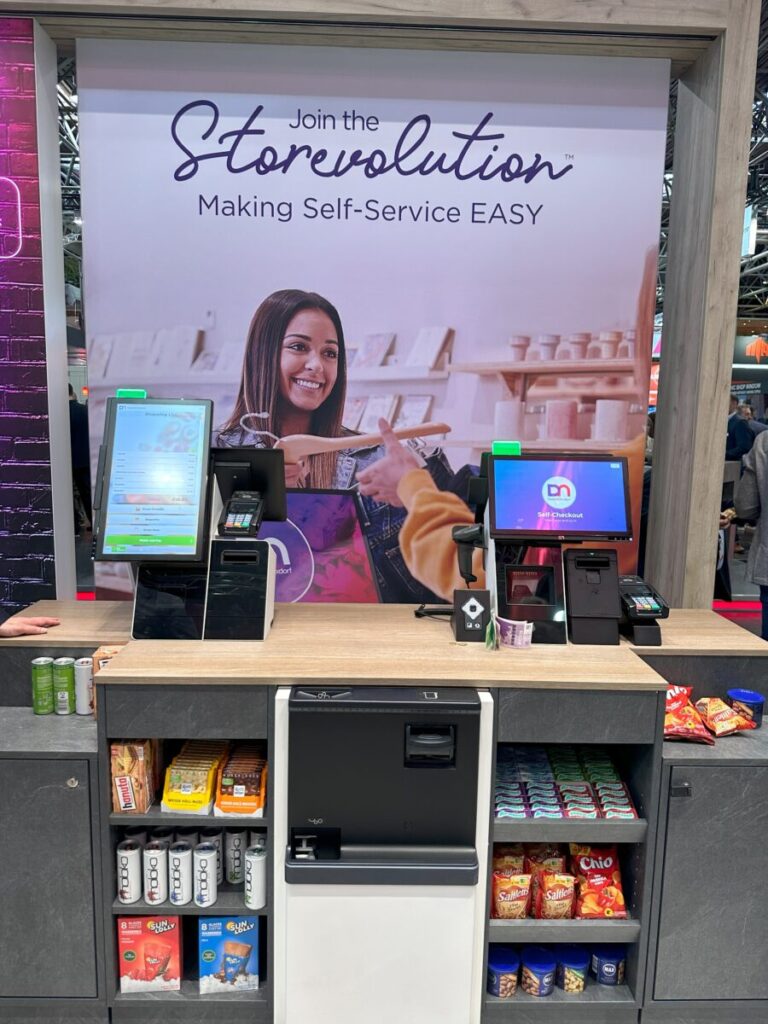
24/7 shopping without staff in the container supermarket with the smallest size of 3×6 m. 10-15 items can be purchased within 2 minutes. In its largest version, this automated system has space for around 650 different items from various temperature zones such as chilled drinks, fresh produce and frozen food (Latebird)
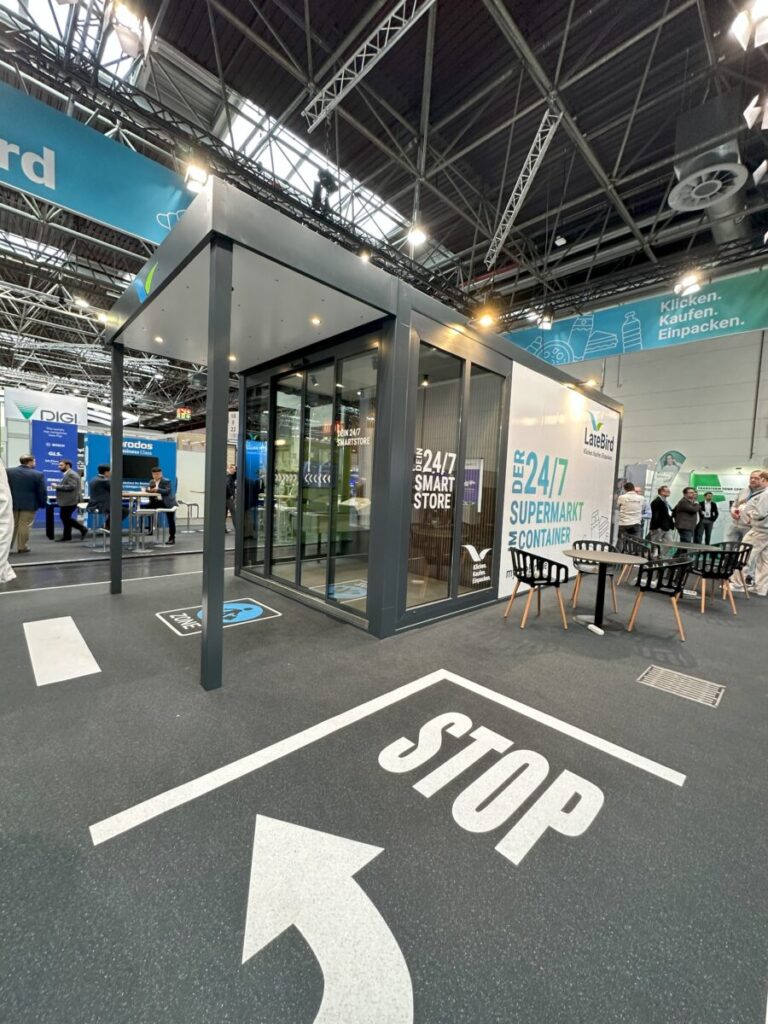
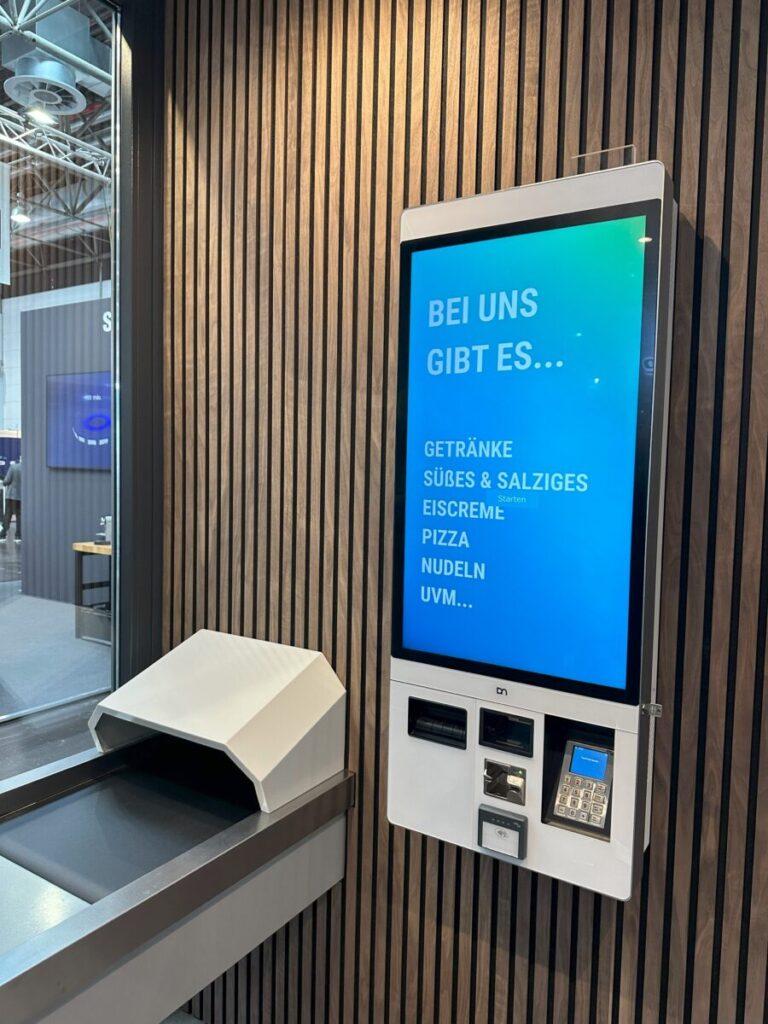
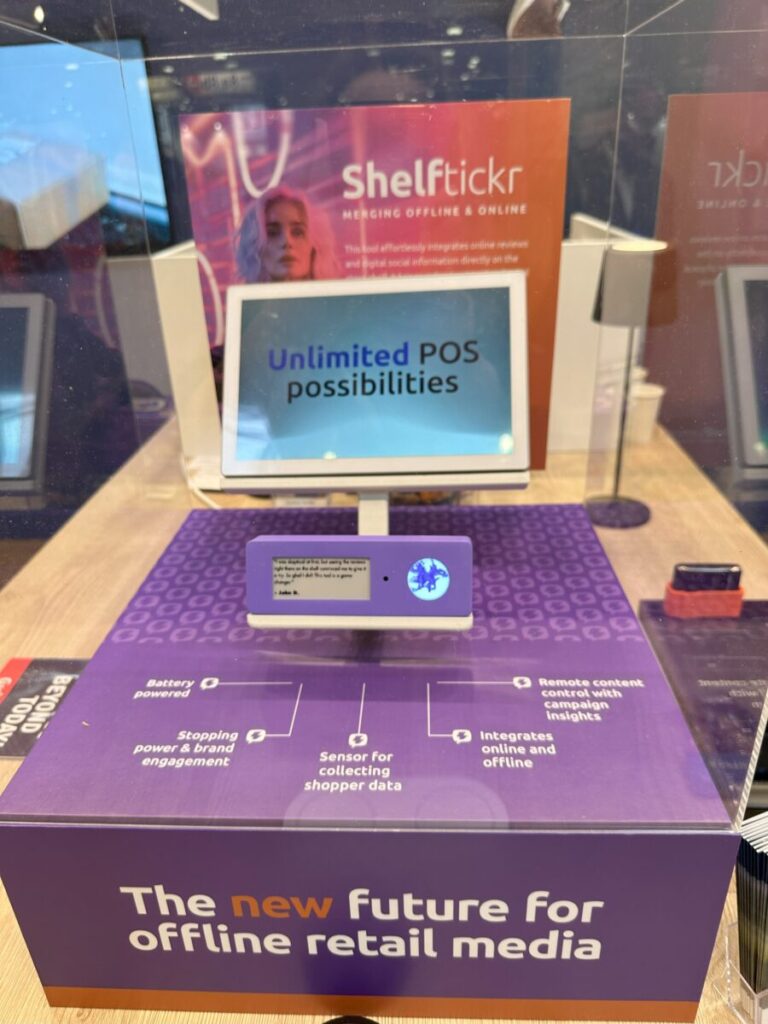
Shelftickr is merging offline & online. It integrates online reviews and digital social information directly on the store shelf to bring online trust to the physical shopping environment. (GB 10 Creative Agency)
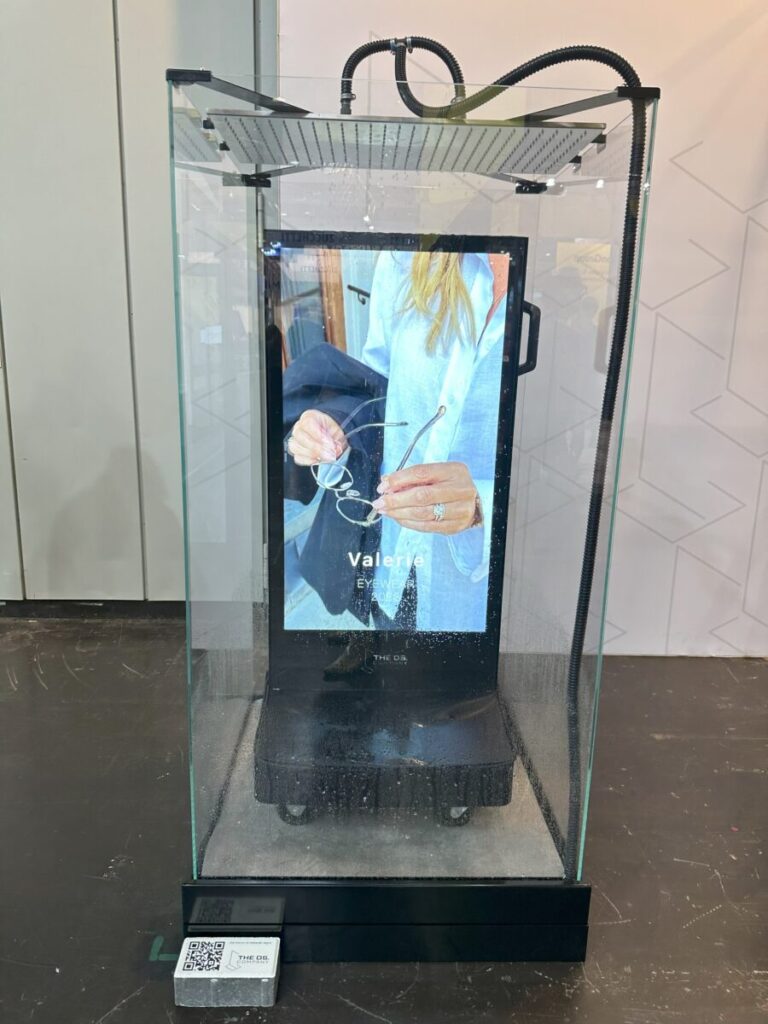
Battery-operated, easy-to-move display as a customer stopper in front of the store entrance. With scenting in planning. (DS Company)
All-in-one App for frontline employees: connected, flowing, engaged and seamless. WorkJam turns the chaos and friction of the frontline workplace into more collaboration, communication, task management, learning, scheduling and shift swapping. (WorkJam)
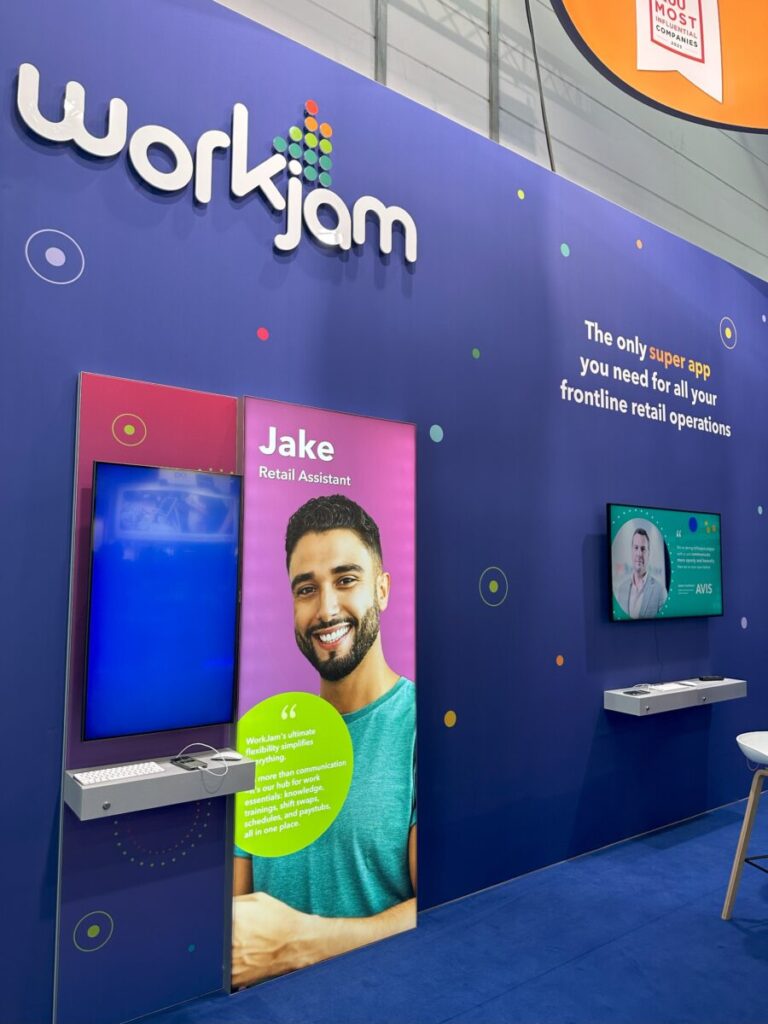
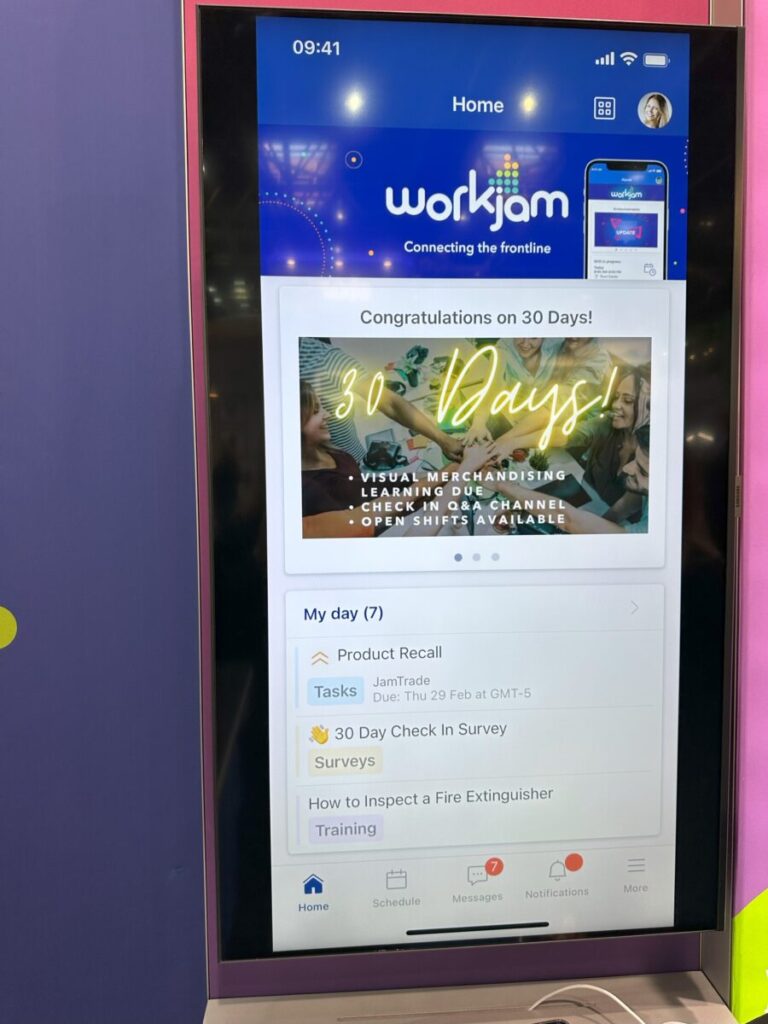
Sustainable Labels: Paper based AM labels ( 93% plastic free- goal is 100%) have the same performance as existing labels and will safe 680k kg of plastic annually.
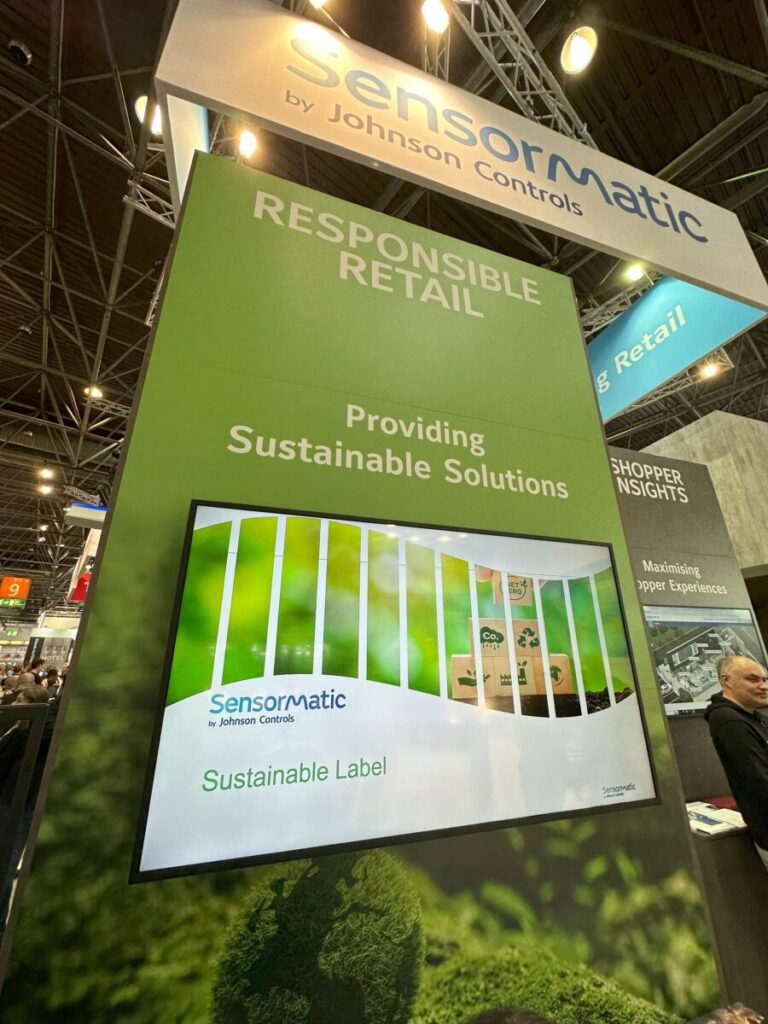
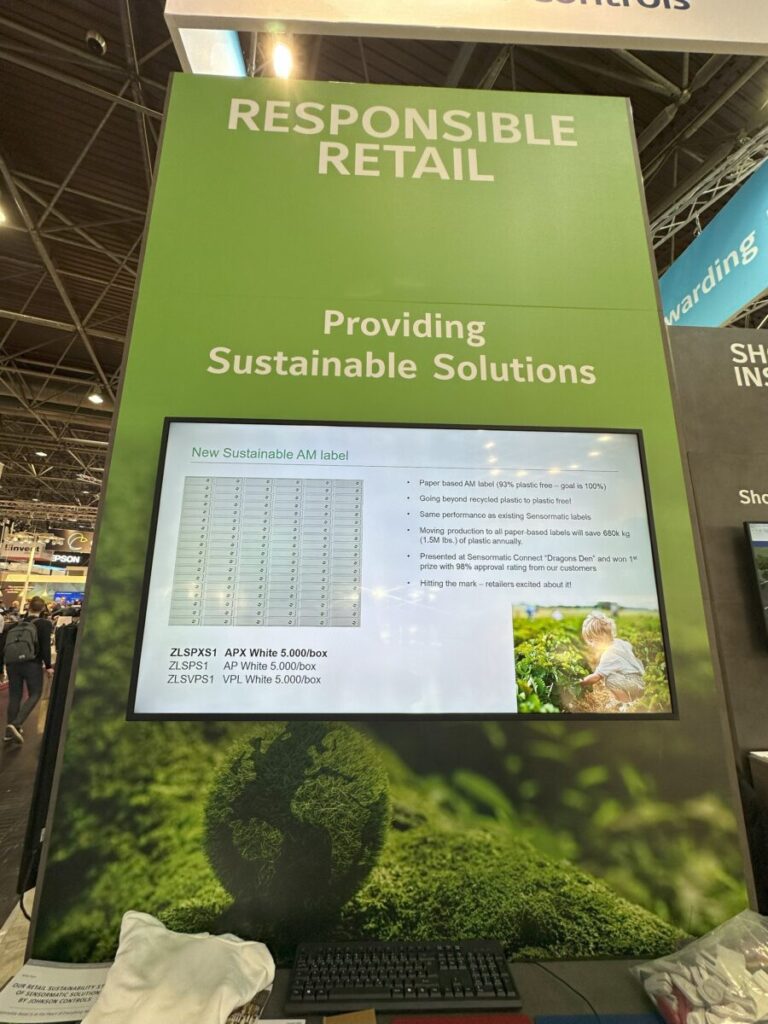
The second day at EuroCis is focused on start-ups.

Heidemarie Kriz
Heidemarie Kriz is Retail Architect and Point of Sale Doctor. She is part of the editorial team and has been providing retail tips in Across magazine for around 2.5 years.
